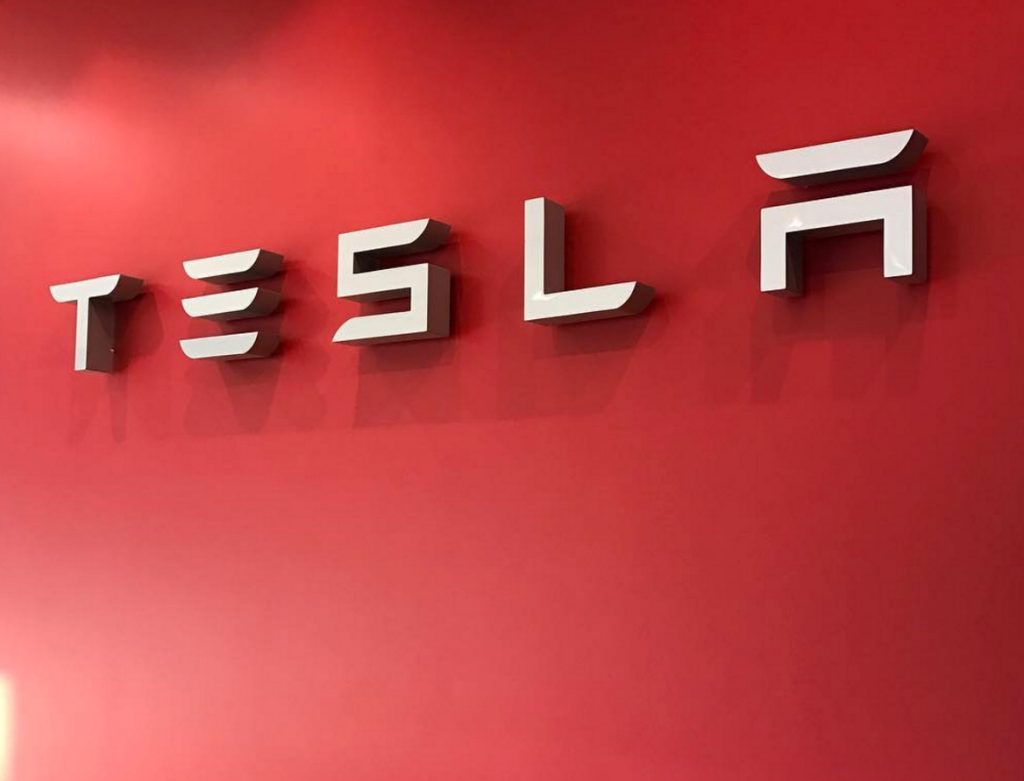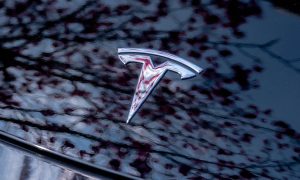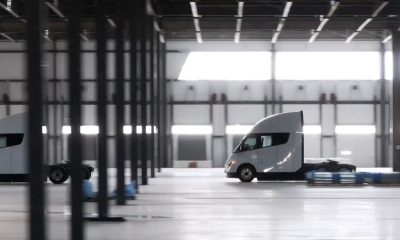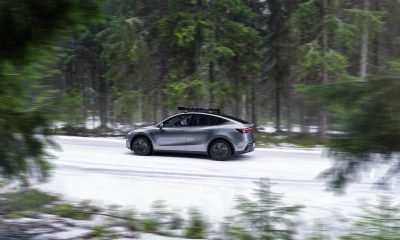Just as quickly as Elon Musk and Mark Zuckerberg went from casual acquaintances to full-on foes, 2017 is more than halfway over.
Tesla had a lot of lofty goals for the year, and made some big moves like the release of the Model 3, but there are still a few ideas brewing that Musk would like to execute by year’s end.
Anticipated Model 3 Release
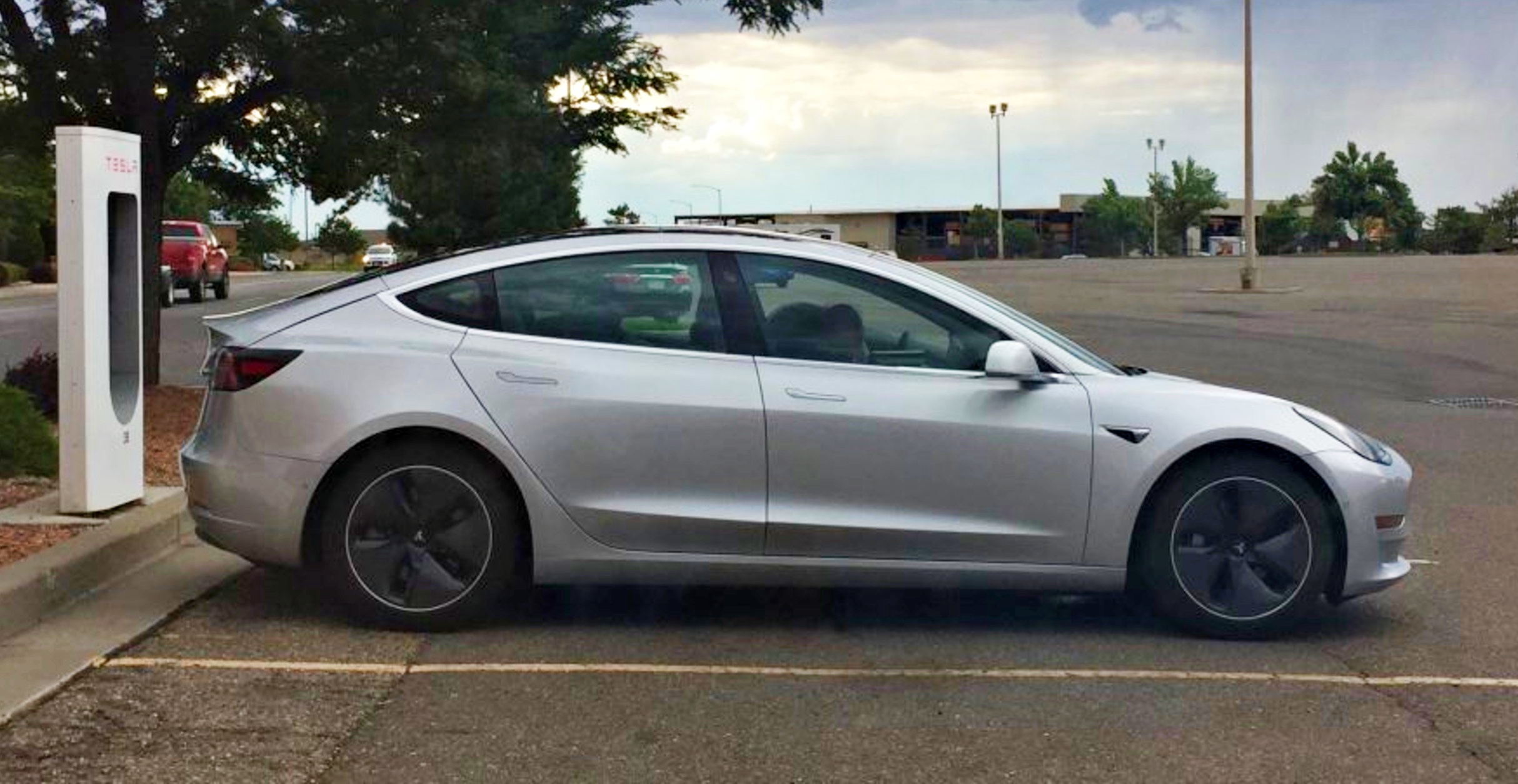
Source: Tesla
As mentioned above, the Tesla Model 3 graced the world with its presence this year, and its official unveiling is in two days at a company handover party.
As we previously reported, production is expected to kick into a higher gear and Musk’s processes and logistics will be tested following the official Model 3 event. For investors, this will be the defining moment on whether Musk’s vision for a high volume, affordable electric car is possible.
The delivery event will also feature presentations from Musk on Tesla’s grand vision for a sustainable future.
The Model 3, Musk’s entry into the mass vehicle market, will be $35,000 and have a range of more than 215 miles per charge.
Next Level Semi
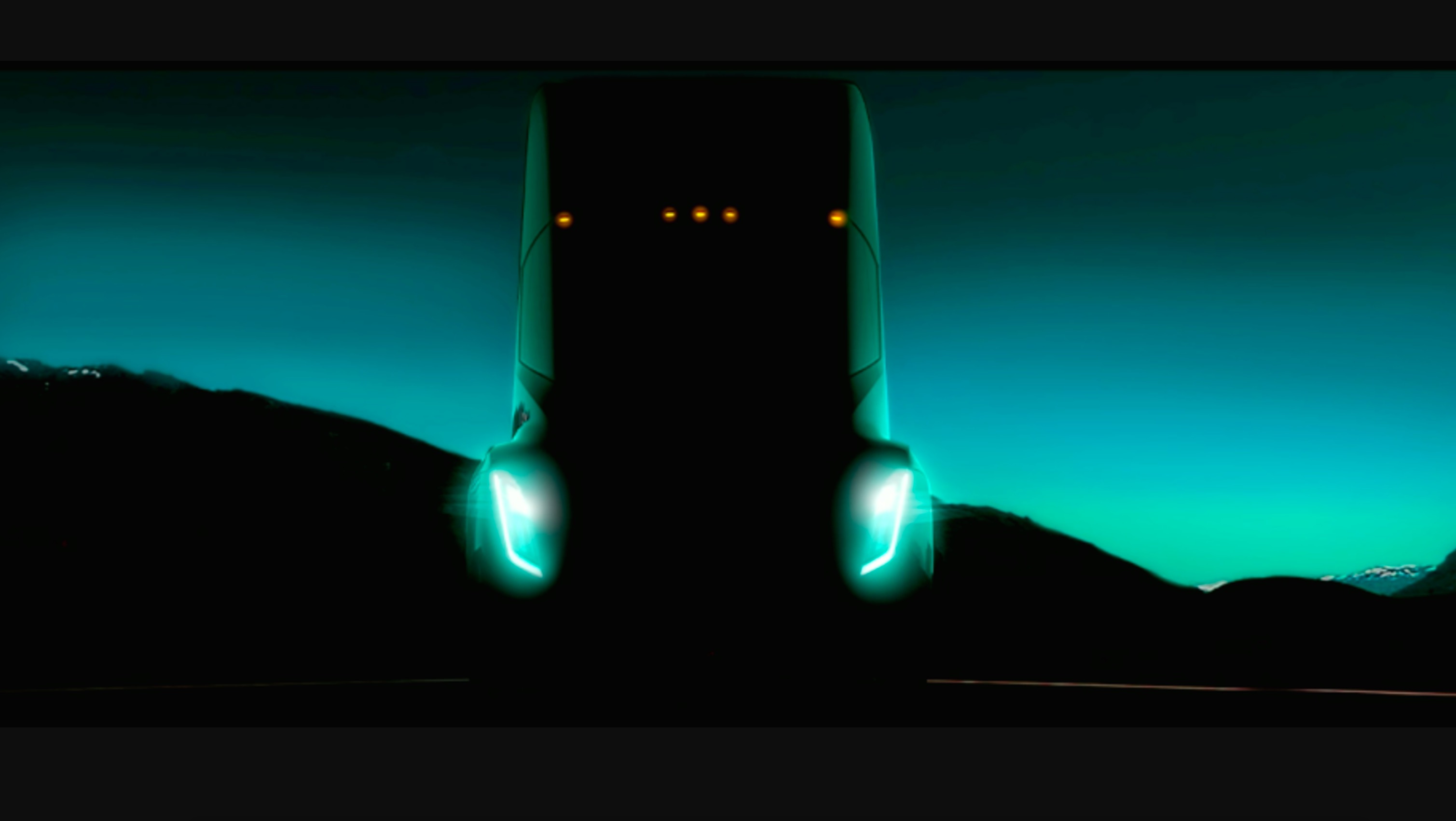
Source: Tesla
The Tesla Semi-truck, which Musk touted as “seriously next level,” is due for an unveiling in September.
Semis typically drive millions of miles and are some of the largest polluters in the world. Tesla’s electric truck could take thousands of these off the road, making the air cleaner and quieter, but battery technology and Tesla’s charging network would need to be able to support the extreme long distance travel and weight often associated with this industry.
The semi initiative is being led by former VP of Worldwide Sales and Service Jerome Guillen. Could the recent rumors about a “4416” cell be pointing to a larger battery cell for the upcoming Tesla Semi?
“A lot of people don’t think you can do a heavy duty long-range truck that is electric. But, we are confident that this can be done,” Musk said.
10,000 superchargers globally
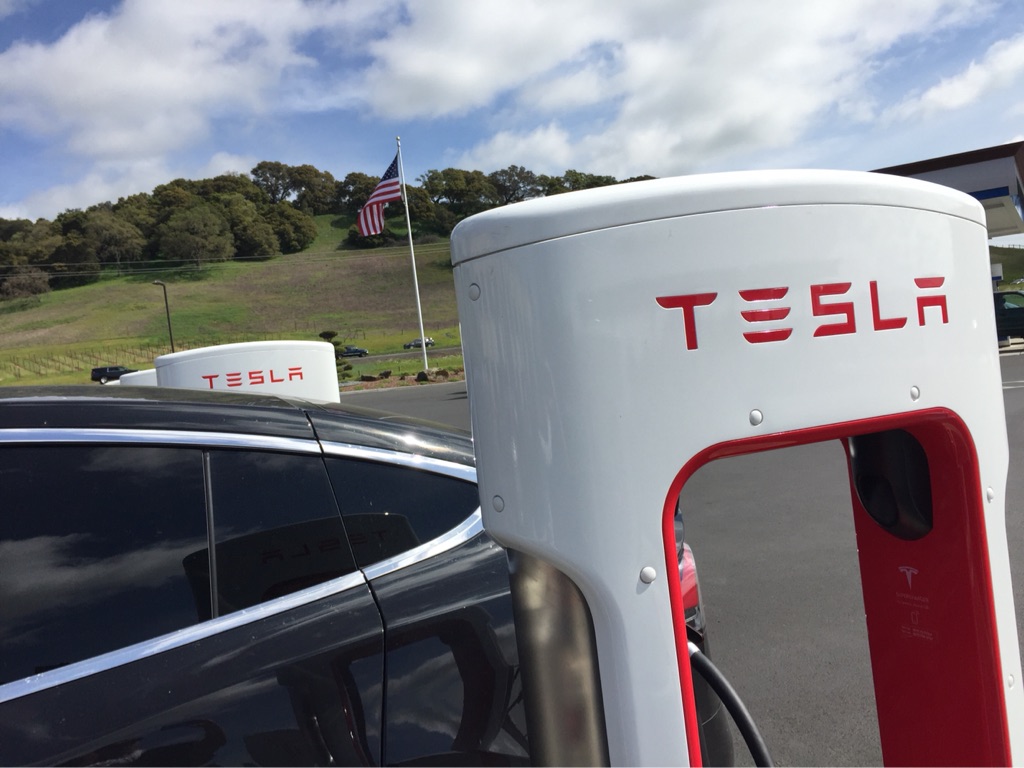
Source: Teslarati
Tesla says it plans to have more than 10,000 Superchargers and 15,000 destination chargers in its network by the end of 2017, doubling that of the existing charging network.
“As Tesla prepares for our first mass-market vehicle and continues to increase our Model S and Model X fleet, we’re making charging an even greater priority,” Tesla said back in April. “It is extremely important to us and our mission that charging is convenient, abundant, and reliable for all owners, current and future. In 2017, we’ll be doubling the Tesla charging network, expanding existing sites so drivers never wait to charge, and broadening our charging locations within city centers.”
As of right now, Tesla has 6,118 superchargers and 909 supercharging stations.
Your Car Will Be Able to Drive Others One Day

Source: Tesla
As our own Margaret Gach reported, the Tesla Network has the potential to upset ride-hailing giants Uber and Lyft.
The basic idea of the Tesla Network is for the car to drive itself while you’re busy.
Given that the typical car owner only uses their vehicle during about 5 to 10 percent of the day, having your car make money for the other 90 to 95 percent of the day could be lucrative. While you’re at work, asleep, or even on vacation, your Tesla could be driving around the city, picking up and dropping off passengers without any extra effort on your part.
Musk and company still have some way to go though as a 2017 Deloitte study shows that 74 percent of Americans don’t currently trust self-driving cars.
Though Musk didn’t specifically outline a timeframe for Tesla’s ride-sharing network, rapid developments taking place on the company’s Autopilot program and Full Self-Driving Capabilities would lead us to believe that a major announcement related to the Tesla Network will be coming, as Tesla demonstrates a fully autonomous, California to New York drive by year end.
An Eye Toward The Future
With the Model 3 delivery event being Friday, it will become clear if Tesla was able to knock out another one of its goals for the year. Even if it does, the company still has to execute a few more of its 2017 plans before the ball drops into 2018.
News
Tesla cleared in Canada EV rebate investigation
Tesla has been cleared in an investigation into the company’s staggering number of EV rebate claims in Canada in January.
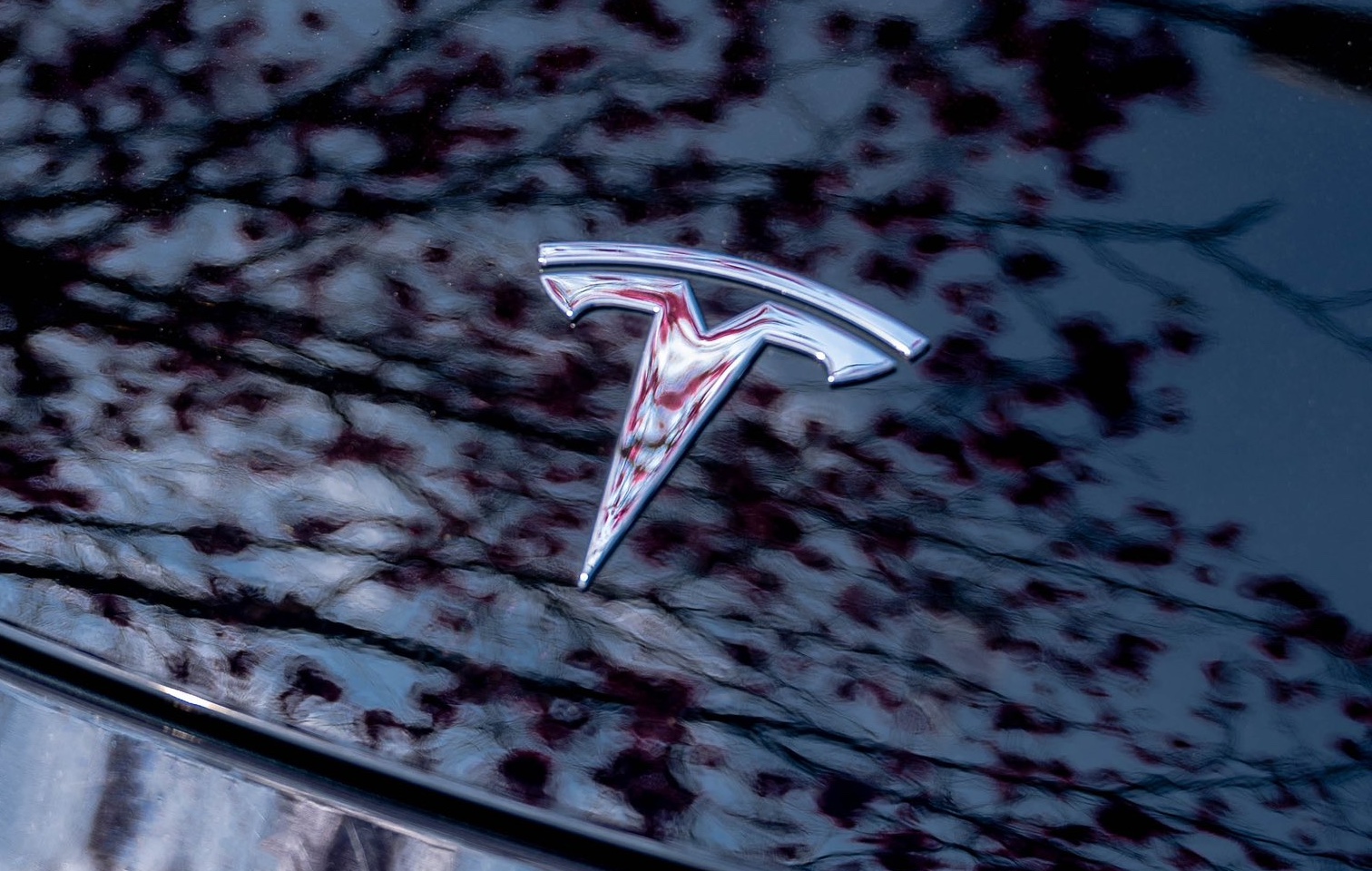
Canadian officials have cleared Tesla following an investigation into a large number of claims submitted to the country’s electric vehicle (EV) rebates earlier this year.
Transport Canada has ruled that there was no evidence of fraud after Tesla submitted 8,653 EV rebate claims for the country’s Incentives for Zero-Emission Vehicles (iZEV) program, as detailed in a report on Friday from The Globe and Mail. Despite the huge number of claims, Canadian authorities have found that the figure represented vehicles that had been delivered prior to the submission deadline for the program.
According to Transport Minister Chrystia Freeland, the claims “were determined to legitimately represent cars sold before January 12,” which was the final day for OEMs to submit these claims before the government suspended the program.
Upon initial reporting of the Tesla claims submitted in January, it was estimated that they were valued at around $43 million. In March, Freeland and Transport Canada opened the investigation into Tesla, noting that they would be freezing the rebate payments until the claims were found to be valid.
READ MORE ON ELECTRIC VEHICLES: EVs getting cleaner more quickly than expected in Europe: study
Huw Williams, Canadian Automobile Dealers Association Public Affairs Director, accepted the results of the investigation, while also questioning how Tesla knew to submit the claims that weekend, just before the program ran out.
“I think there’s a larger question as to how Tesla knew to run those through on that weekend,” Williams said. “It doesn’t appear to me that we have an investigation into any communication between Transport Canada and Tesla, between officials who may have shared information inappropriately.”
Tesla sales have been down in Canada for the first half of this year, amidst turmoil between the country and the Trump administration’s tariffs. Although Elon Musk has since stepped back from his role with the administration, a number of companies and officials in Canada were calling for a boycott of Tesla’s vehicles earlier this year, due in part to his association with Trump.
News
Tesla Semis to get 18 new Megachargers at this PepsiCo plant
PepsiCo is set to add more Tesla Semi Megachargers, this time at a facility in North Carolina.
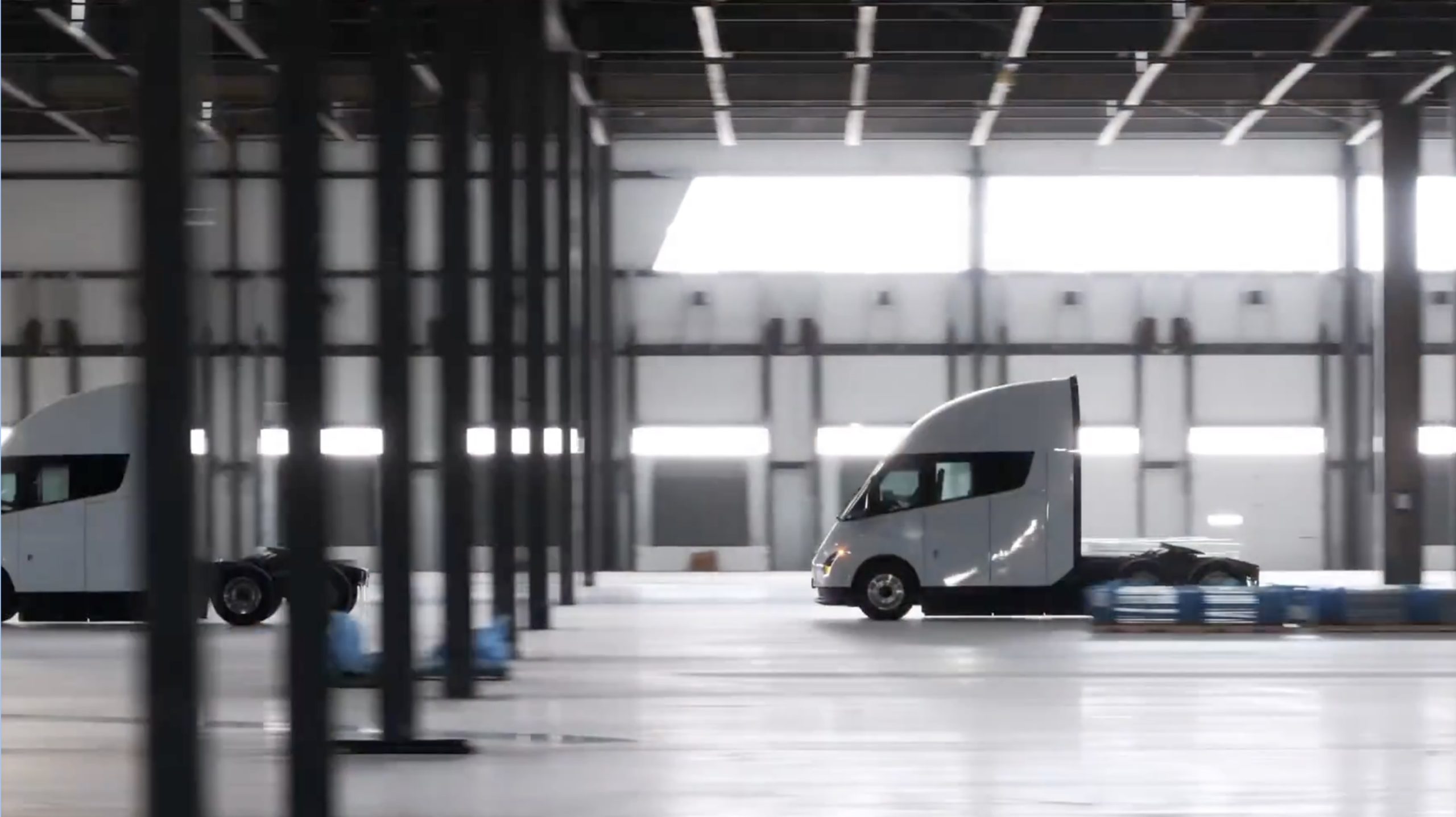
Tesla partner PepsiCo is set to build new Semi charging stations at one of its manufacturing sites, as revealed in new permitting plans shared this week.
On Friday, Tesla charging station scout MarcoRP shared plans on X for 18 Semi Megacharging stalls at PepsiCo’s facility in Charlotte, North Carolina, coming as the latest update plans for the company’s increasingly electrified fleet. The stalls are set to be built side by side, along with three Tesla Megapack grid-scale battery systems.
The plans also note the faster charging speeds for the chargers, which can charge the Class 8 Semi at speeds of up to 1MW. Tesla says that the speed can charge the Semi back to roughly 70 percent in around 30 minutes.
You can see the site plans for the PepsiCo North Carolina Megacharger below.
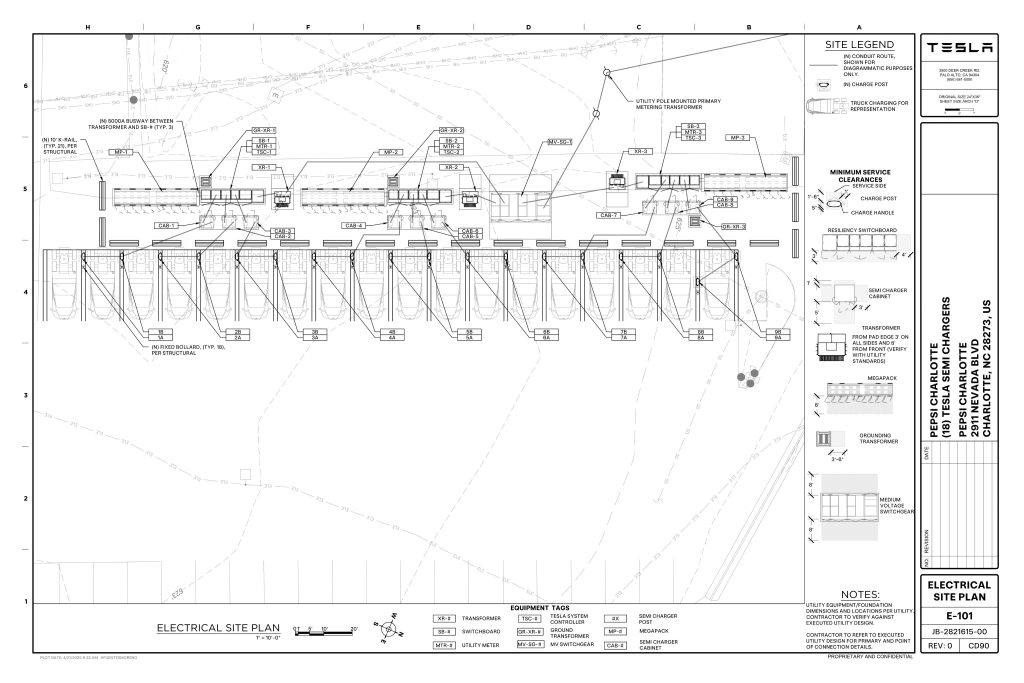
Credit: PepsiCo (via MarcoRPi1 on X)
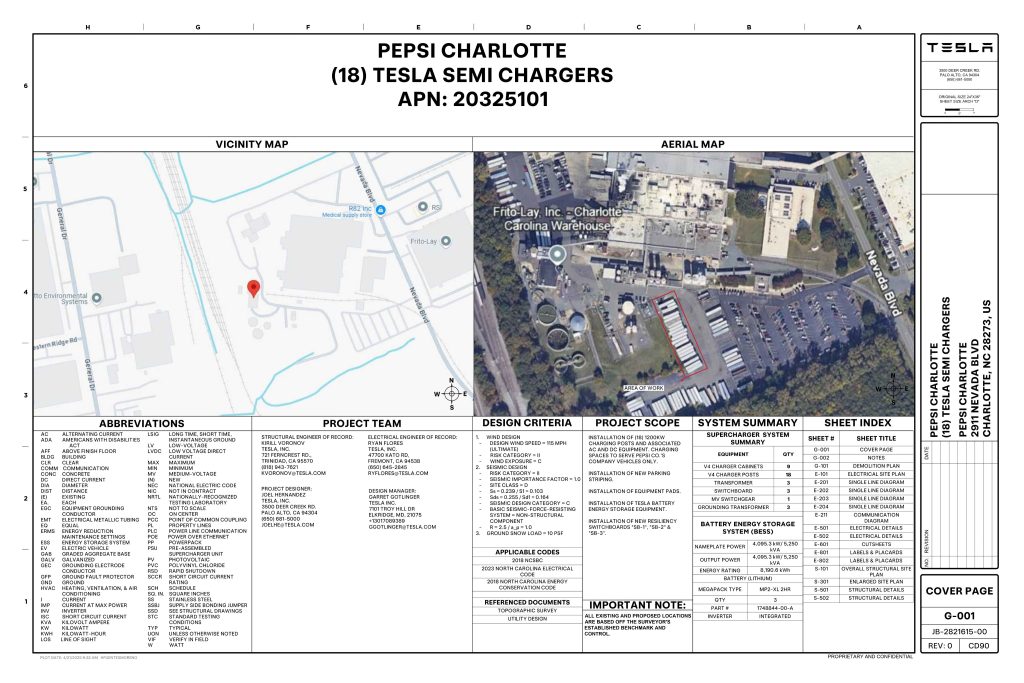
Credit: PepsiCo (via MarcoRPi1 on X)
READ MORE ON THE TESLA SEMI: Tesla to build Semi Megacharger station in Southern California
PepsiCo’s Tesla Semi fleet, other Megachargers, and initial tests and deliveries
PepsiCo was the first external customer to take delivery of Tesla’s Semis back in 2023, starting with just an initial order of 15. Since then, the company has continued to expand the fleet, recently taking delivery of an additional 50 units in California. The PepsiCo fleet was up to around 86 units as of last year, according to statements from Semi Senior Manager Dan Priestley.
Additionally, the company has similar Megachargers at its facilities in Modesto, Sacramento, and Fresno, California, and Tesla also submitted plans for approval to build 12 new Megacharging stalls in Los Angeles County.
Over the past couple of years, Tesla has also been delivering the electric Class 8 units to a number of other companies for pilot programs, and Priestley shared some results from PepsiCo’s initial Semi tests last year. Notably, the executive spoke with a handful of PepsiCo workers who said they really liked the Semi and wouldn’t plan on going back to diesel trucks.
The company is also nearing completion of a higher-volume Semi plant at its Gigafactory in Nevada, which is expected to eventually have an annual production capacity of 50,000 Semi units.
Tesla executive teases plan to further electrify supply chain
News
Tesla sales soar in Norway with new Model Y leading the charge
Tesla recorded a 54% year-over-year jump in new vehicle registrations in June.
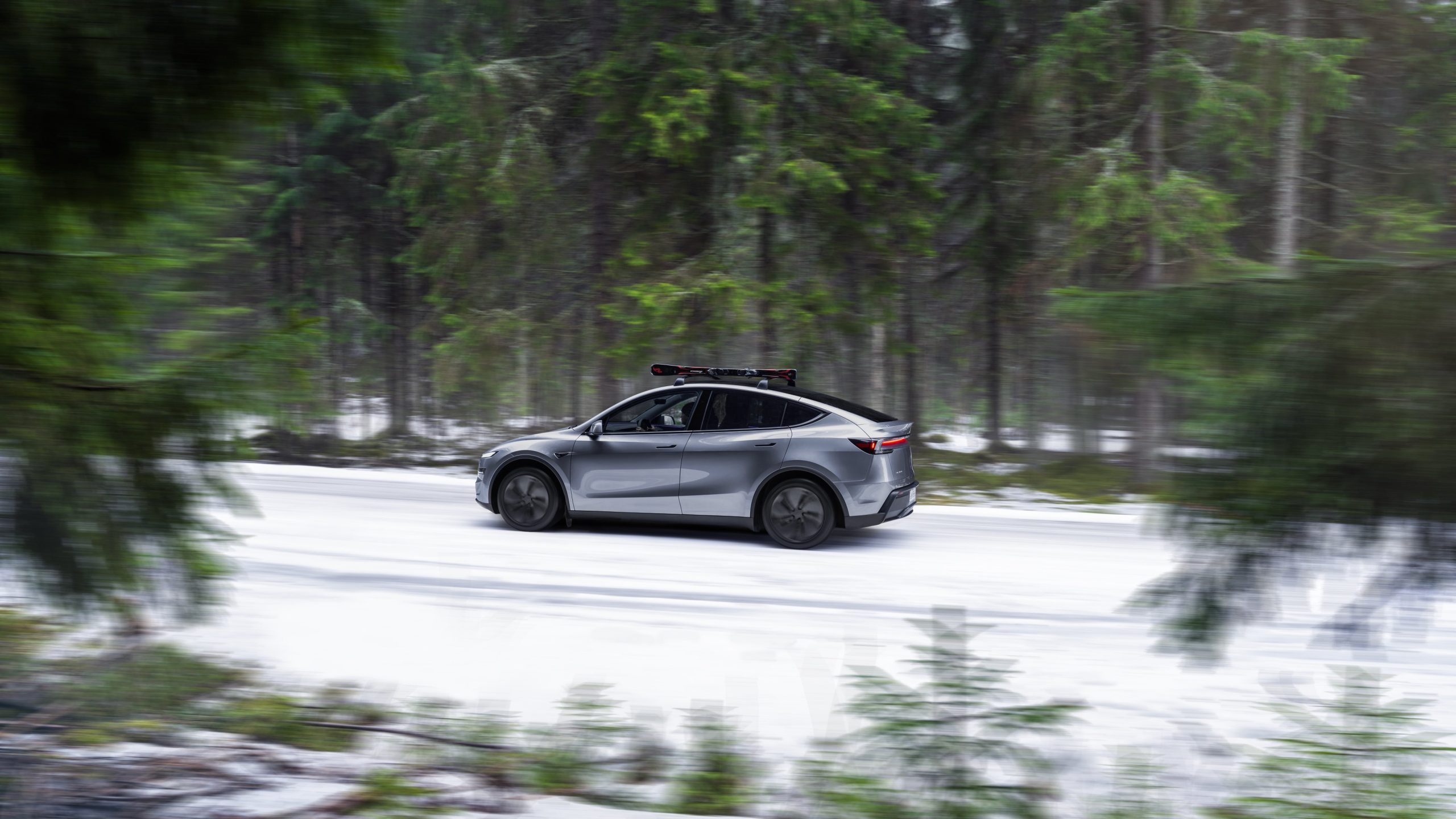
Tesla is seeing strong momentum in Norway, with sales of the new Model Y helping the company maintain dominance in one of the world’s most electric vehicle-friendly markets.
Model Y upgrades and consumer preferences
According to the Norwegian Road Federation (OFV), Tesla recorded a 54% year-over-year jump in new vehicle registrations in June. The Model Y led the charge, posting a 115% increase compared to the same period last year. Tesla Norway’s growth was even more notable in May, with sales surging a whopping 213%, as noted in a CNBC report.
Christina Bu, secretary general of the Norwegian EV Association (NEVA), stated that Tesla’s strong market performance was partly due to the updated Model Y, which is really just a good car, period.
“I think it just has to do with the fact that they deliver a car which has quite a lot of value for money and is what Norwegians need. What Norwegians need, a large luggage space, all wheel drive, and a tow hitch, high ground clearance as well. In addition, quite good digital solutions which people have gotten used to, and also a charging network,” she said.
Tesla in Europe
Tesla’s success in Norway is supported by long-standing government incentives for EV adoption, including exemptions from VAT, road toll discounts, and access to bus lanes. Public and home charging infrastructure is also widely available, making the EV ownership experience in the country very convenient.
Tesla’s performance in Europe is still a mixed bag, with markets like Germany and France still seeing declines in recent months. In areas such as Norway, Spain, and Portugal, however, Tesla’s new car registrations are rising. Spain’s sales rose 61% and Portugal’s sales rose 7% last month. This suggests that regional demand may be stabilizing or rebounding in pockets of Europe.
-

 Elon Musk2 weeks ago
Elon Musk2 weeks agoTesla investors will be shocked by Jim Cramer’s latest assessment
-

 Elon Musk2 days ago
Elon Musk2 days agoxAI launches Grok 4 with new $300/month SuperGrok Heavy subscription
-

 Elon Musk4 days ago
Elon Musk4 days agoElon Musk confirms Grok 4 launch on July 9 with livestream event
-

 News1 week ago
News1 week agoTesla Model 3 ranks as the safest new car in Europe for 2025, per Euro NCAP tests
-

 Elon Musk2 weeks ago
Elon Musk2 weeks agoA Tesla just delivered itself to a customer autonomously, Elon Musk confirms
-

 Elon Musk1 week ago
Elon Musk1 week agoxAI’s Memphis data center receives air permit despite community criticism
-

 News2 weeks ago
News2 weeks agoXiaomi CEO congratulates Tesla on first FSD delivery: “We have to continue learning!”
-

 Elon Musk2 weeks ago
Elon Musk2 weeks agoTesla scrambles after Musk sidekick exit, CEO takes over sales

